|
Reading in Steven Chase's Nature as Spiritual Practice, in a chapter touching on the mystery, wonder and praise to be discovered in nature's face, I came across a paragraph that made me wish it were summer, so that I could find a stand of Queen Anne's lace and take a closer look. Then I remembered that I had other ways of doing that, even in midwinter. I looked back through my photo archives, and found several images from last summer. In open dry fields, prairies, and along roadways -- often growing in friendly gatherings from mid-July through early September -- is a wildflower that I invite you to bend down and look at carefully. It has very small cream-white, lacy petals that are collectively formed in the shape of an inverted umbrella (called an umbel). The umbel is rounded at the bottom and nearly flat at the top with a slightly bluish-green stem; the green leaves are very finely cut, almost fern-like, and they smell of carrot when crushed. Beneath the umbel of petals is a parachute pattern of stems that together support hundreds of these tiny floweret-petals, each one no more than one-eighth of an inch across. This wildflower is commonly called Queen Anne's lace (Daucus carota), named for the lace-like patterns formed by the formal, intricate arrangement of these hundreds of small flowerets. But besides the beauty of the lacy patterns, Queen Anne's lace is a flower with a secret. Within the shared umbel, in the very center of the hundreds and hundreds of flowerets, is one -- and only one -- reddish to wine-purple floweret, also one-eighth inch across. Just one -- no sisters. Facing Queen Anne's lace -- letting it be as attentive to and astonished by you as you are by it -- you share with its wine-colored eye something only the flower and the prairie know. . . .(p 48-49) Chase writes that creation teaches us to pray -- to find a balance between being what we are created to be and doing what we are created to do, and within that balance, to abide in God's delight. "Know whenever you face nature with attention and wonder that you are praising God, just as creation does the same." (p.50)
Chase suggests a practice of taking a moment to closely observe something in nature, whether the grandeur of the ocean or the wine-purple floweret in the midst of the white Queen Anne's lace, and to join in that praise.
0 Comments
Walking across campus this past sunny Sunday afternoon, John and I encountered a flock of about two dozen robins, feasting on the crabapples near the Rec-Fitness Building. They were all a-flutter, hopping around on the melting snow, keeping a safe distance from passersby, and constantly moving from ground to tree branch and then back down to join the flock on the ground.
I grew up thinking of robins as the traditional sign of spring, but I've learned that the robin's winter range extends from the Gulf coat into Michigan. We don't notice them as much in winter, unless we come across a flock like this, because they don't come to bird feeders. They prefer wintered-over fruit, like bitter crabapples that have mellowed with the freezing and thawing. The summer robins from this area are most likely further south right now, while the ones we saw Sunday spent their summer further north. Who knows -- maybe this is the same flock that we saw feasting on mountain ash berries at the Glick cabin near Edmonton last September, getting ready for their flight south. Some days are a little out of tune. There's nothing major wrong, but we're in a minor mood. We've got a lingering cold, or we're still waiting for the help desk to get back to us, or someone near to us is in a grumpy mood, or we just don't feel like doing the tasks on today's to-do list.
Yesterday was like that, so I decided to procrastinate on the rest of the to-do list by doing one of the chores that seemed to have good potential for brightening my mood once it was accomplished. I've been aware that my hammer dulcimer needed tuning for the last while, but as you can see by the number of strings above, tuning can be time-consuming, so I kept putting it off. On the other hand, it's not very demanding -- I use an electronic tuner that gives me a green light when the note is in the right range, so it's mostly a matter of plucking a string with a pick in one hand and fiddling with the key with the other, over and over again. So I plucked and twiddled for a half hour or so, and then picked up the hammers for a trial run. Yelp! It sounded worse than when I started, a jangle of cacophony . I eventually figured out that the dulcimer had gotten enough out of tune that the tuner was assuming some notes were a half note lower than they actually were, and it was patiently helping me tune a G as an F# and so on. I hadn't been paying enough attention to catch it. Once I realized that and finished the task with more care, it didn't take long to tune it properly, and to pick up the hammers and play a more melodious tune. Paying attention, being aware, taking notice -- whether it is seeing a loved one as they truly are, or taking a moment to enjoy the beauty of a small flower, or being mindful as we go about a relatively mindless task, life is more melodious when we slow down, look carefully and listen. I found a dandelion boldly blooming in my front yard this week, about two months before I normally expect to see them. As I said in my last post, I began pondering why my reaction to the early snowdrops was delight while my reaction to the dandelion was "oh, a weed."
Look at the warm colors in the golden flower and the ruddy leaves. These are a cheerful contrast with gray Indiana skies, something to be enjoyed. Yet I find myself framing this plant in that category of weed and unwanted. I receive a daily email reflection from Inward/Outward, and yesterday's quote from Anthony de Mello seemed quite apropos. Everywhere in the world people are in search of love, for everyone is convinced that love alone can save the world; love alone can make life meaningful and worth living. But how very few understand what love really is and how it arises in the human heart. It is so frequently equated with good feelings for others, with benevolence or nonviolence or service. But these things in themselves are not love. Love springs from awareness. It is only inasmuch as you see someone as he or she really is here and now and not as they are in your memory or your desire or in your imagination or projection that you can truly love them; otherwise, it is not the person that you love but the idea that you have formed of this person. With the dandelion, as long as I see it through the lens of weed, I can't receive it with delight. If I can set that aside, and look at it as it really is here and now -- the burst of color in a winter landscape, an amazingly hardy bloom that held up despite the night's dusting of snow, a flower that is highly unlikely to go to seed since at this moment it is under an inch of snow -- perhaps, then I can truly see it, and delight in it. And what else am I looking at through a lens (a memory, a desire, an imagination, a projection), without awareness, unable to love? I had a serendipitous discovery yesterday. I've begun reading Nature as Spiritual Practice, by Steven Chase, a book I expect to refer to again here. In his preface, he refers to a phrase of Gerald May, "the power of the slowing," saying that it means if we give careful attention to nature, it has the ability to slow us down to its pace.
I was intrigued by the phrase, which resonates with what happens for me as I take photos and also as I work with them later. I googled it and discovered that it comes from May's book, The Wisdom of Wilderness. A quick online check revealed that neither the local library nor the nearby seminary had a copy. "Oh, well," I thought, and turned to getting ready for the morning's direction session. Later in the day, a friend asked me to ride along on a short trip to Kalamazoo, suggesting we could visit the Friends of the Library bookstore while we waited for her violin bow to be re-haired. They have a room full of a wide selection of books. I began perusing the Religion shelves, and there it was -- May's Wisdom of Wilderness, on sale for a dollar! So I've been sidetracked from the Chase book, reading instead May's vivid stories of his encounters with the Power of the Slowing, which he experienced as a vivid Presence, welcoming him, slowing him, and reconnecting him with all nature around him. One of his paragraphs jumped out at me as fitting well with this past week. Nature, I think, knows nothing of concepts of time or of the present. Nature--our own and that of the world around us--lives in Presence instead of "in the present." Rather than moving through time, it simply exists in cycles and successions:sound and silence, light and darkness, birth and death, activity and stillness, courting and nesting, eating and sleeping. Everything is rhythms. Everything is seasons. p 71 The rhythms and successions have been swirling this week -- from warm temperatures bringing along the snowdrops and, amazingly, a dandelion in the front yard, to yet another round of snowfall and the sight of birds at the feeder at Pathways Retreat this morning. The dandelion is a cheerful golden sunburst, and yet I realize I greet the snowdrops with delight, and the dandelion instead with a sense of "What? A weed, already?" As I slow down and reflect, this does not seem right. Each is what it is, and the dandelion's yellow is a welcome burst of early color, to be received on its own humble terms. Perhaps the Power of the Slowing will slow me further, enough to welcome that gold sunburst, and to wonder what became of it in today's snow. It's too dark to check now -- perhaps tomorrow. My Christmas cactus is suddenly full of more blooms than it had in December. There are buds still to open and a froth of blossoms, each a swirl of gauzy pink petal scarfs, and sudden touches of magenta. With February 14 just around the corner, perhaps it secretly longs to be a Valentine cactus. There is something fitting about that thought -- if I remember correctly, it came to us as a gift from our son-in-law's parents, given on the weekend of Beth and Jesse's wedding.
The snow comes and goes, and so do our tracks. The snowdrops in the front, coaxed out by 60 degree weather last week, blanketed by snow this week, today are again starting to lift their blossoms out of the snow.
This past weekend was one of many details, as we pulled together the contributions of 16 people for worship at Assembly, as I reflected on how best to tell the story I wanted to begin communion with, as I baked bread to take to the Surprise Luncheon. And it was also one of relationships -- our usual Saturday morning breakfast at Rachel's and a table shared with Mary and Glen, a gathering of my Gestalt Pastoral Care peer group, the Sunday meal shared with a table-full of people in the Kurtz's spacious dining room.
Sunday morning, just as I was putting the braided loaf of challah into the oven, John came in from his quiet time, holding Philip Newell's prayer book, Sounds of the Eternal, and said, "I have a prayer for you." And here it is, perfectly fitting. In the many details of this day let me be fully alive. In the handling of food and the sharing of drink, in the preparation of work and the uttering of words, in the meeting of friends and the interminglings of relationship let me be alive to each instant, O God, let me be fully alive. Sounds of the Eternal, p 77 I've been thinking a lot about communion the past month. At Assembly North, the small worship group that began meeting this past September, we spent several Sundays looking at some of the biblical stories of table fellowship, and the way that Jesus repeatedly takes bread, blesses it, breaks it, and gives it to his followers. Our conversations culminated in sharing communion together on Sunday a week ago -- passing the bread of life around the circle, coming forward for the cup of the new covenant, and then after our worship time, gathering, as we always do, for table fellowship and a simple soup and bread meal. And afterwards there is the communion of washing and drying, which strikes me s a modern version of washing one another's feet. Then yesterday I lead communion at Assembly, where it was our small group's turn to lead worship. GC1, our group, has been growing and recently became two groups, but we worked together for this worship time, with sixteen people contributing in various ways -- leading worship, leading singing, reading scripture, leading children's time, serving communion.
It was a very different setting for communion, with nearly 200 people gathered for worship, about ten times the number at Assembly North. Instead of a circle, people came forward in lines to receive their bit of tortilla and to dip it in the cup, or to receive an additional blessing. In my introductory comments, I reminisced about the days when Assembly felt the only proper way to celebrate communion was by gathering in circles of 12 or so, passing the bread and cup, and ending with hugs or a pat on the back for those beside you. I told how my perspective on that had been transformed by a story shared in the community -- years ago, JR Burkholder returned from a trip to England, where he had participated in worship at one of the great cathedrals. Going forward in a procession of strangers for communion, he felt part of a grand procession of Christians in many different places, in many different centuries, all going forward for communion. We come forward in lines, but picture a gigantic circle, and our communion lines as only a tiny bit of that great arc -- so tiny that we have the optical illusion that they are lines. Really, we are coming forward as part of that great circle of the communion of saints, across time, around the world, down through the ages. The communion celebrations at Assembly North and at Assembly a week later were quite different, but both were good, and both celebrated community and discipleship. I meant to get a photo of the communion table at Assembly, with the bowl of tortillas that Alfonso made by hand, but in the rush of pre-service details, that didn't happen. I did get a photo of our Surprise Luncheon gathering right afterwards at the Kurtz's, who graciously hosted not only the guests that had been assigned to their home, but the guests of another host who had an unexpected family emergency. And that too was a good time of table fellowship, as we shared soup and bread, laughter and story telling, building relationships. |
My approach to contemplative photography --
"Pay attention. Be astonished. Tell about it." Mary Oliver in "Sometimes" Archives
August 2020
Categories
All
|
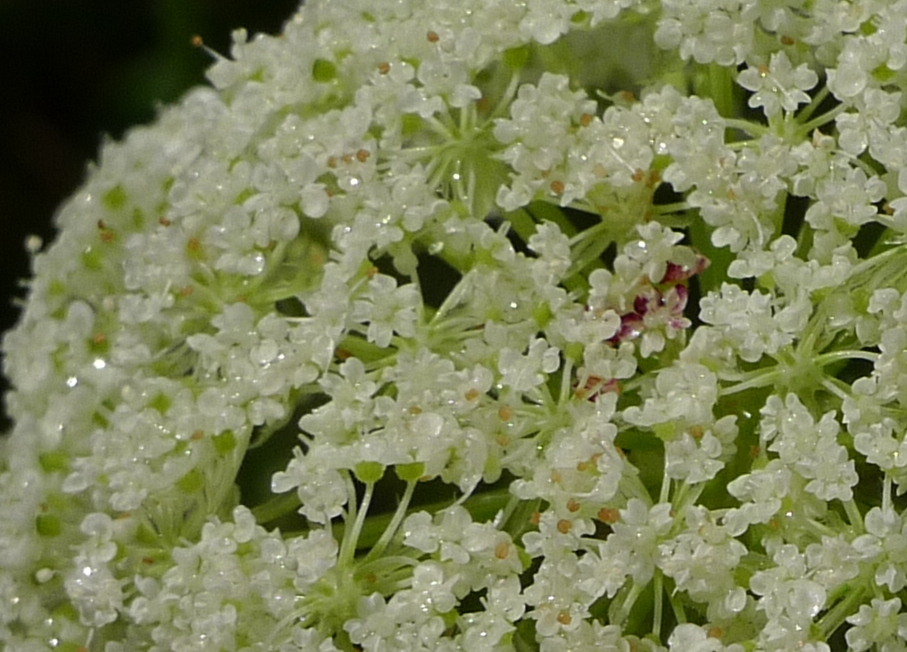
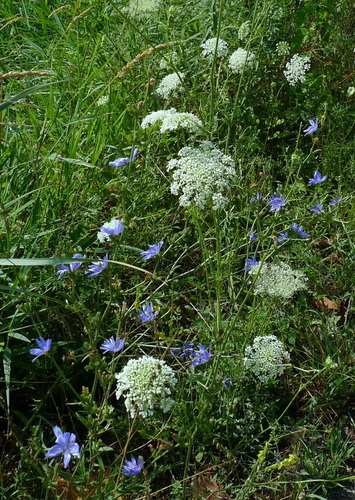
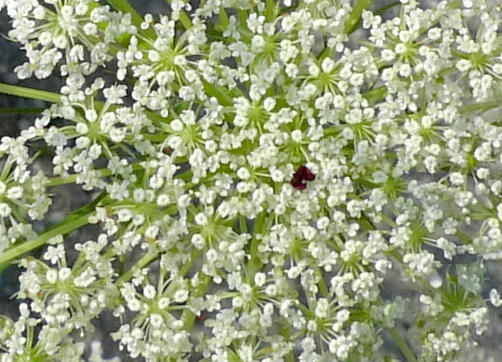

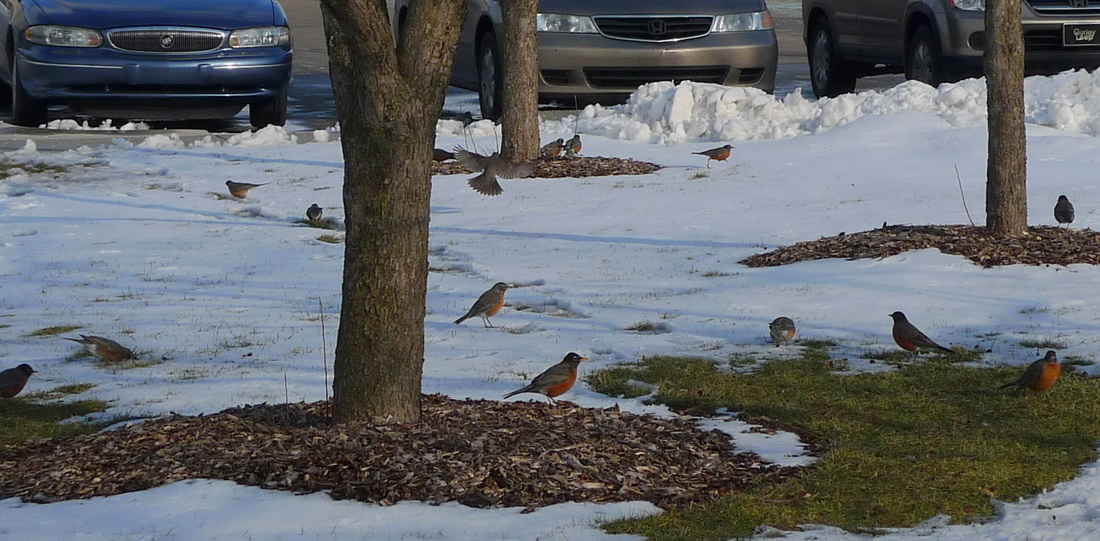
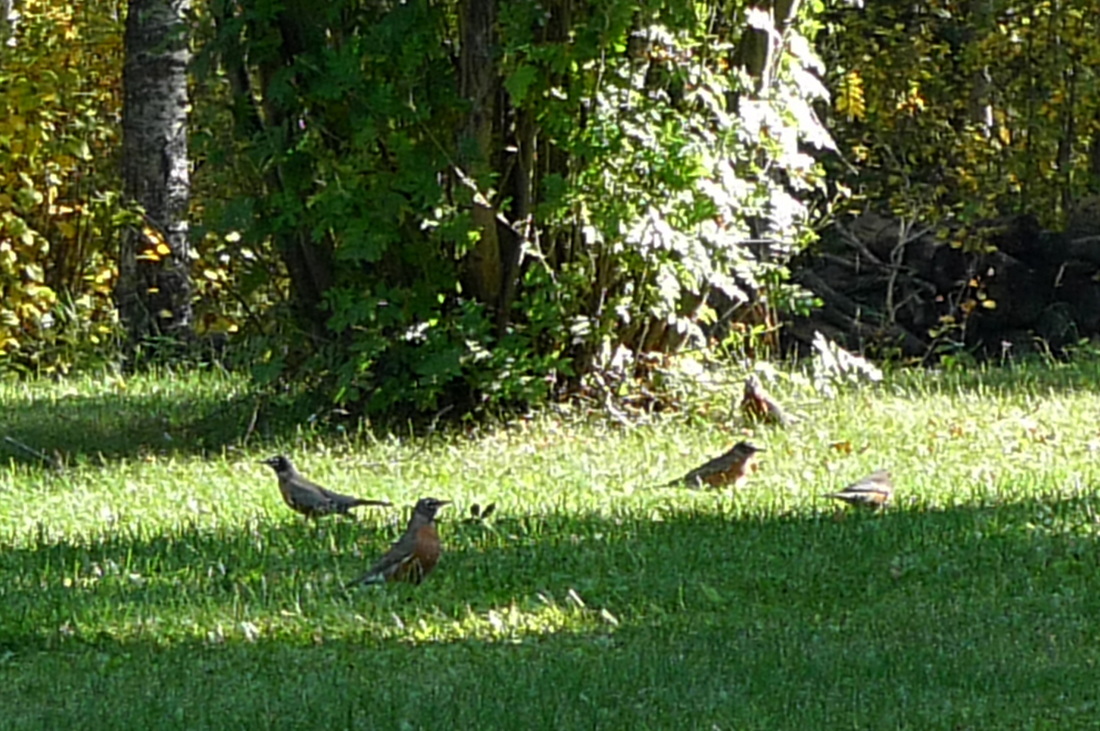
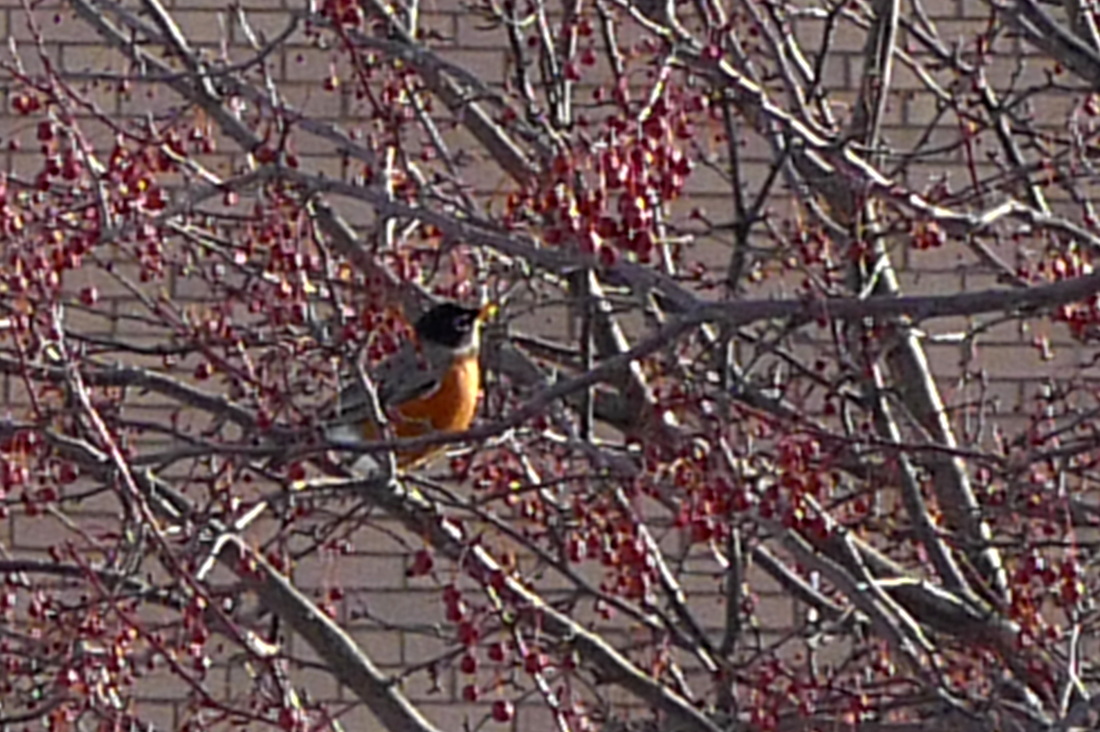
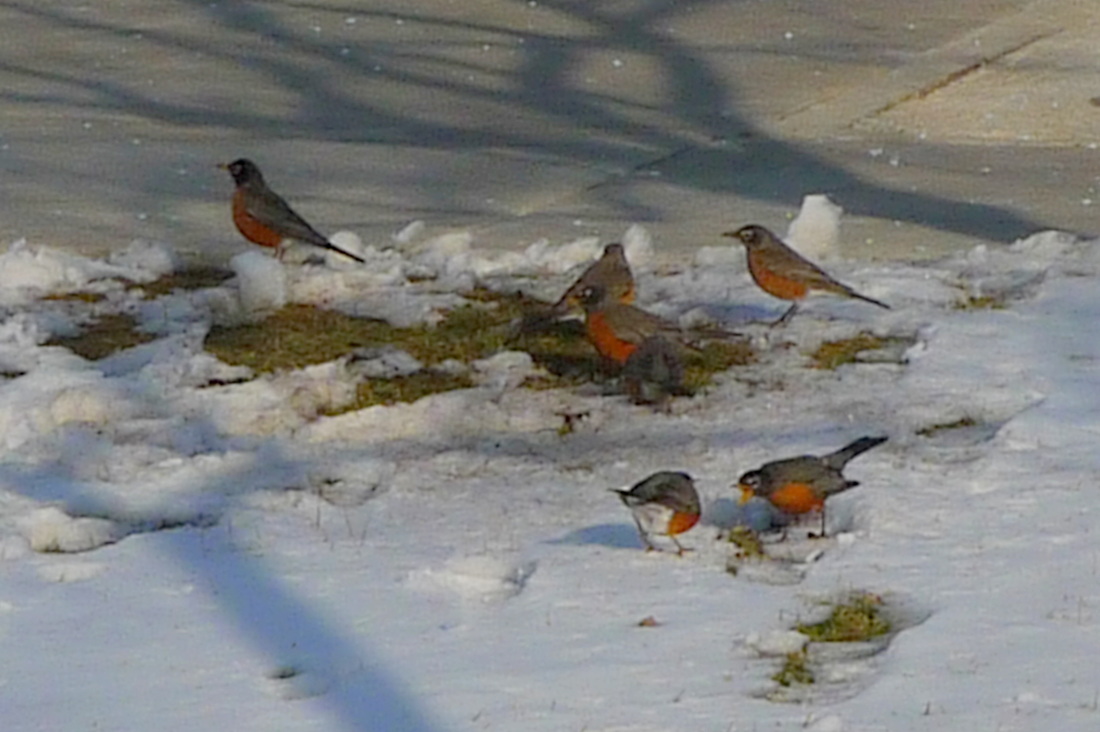
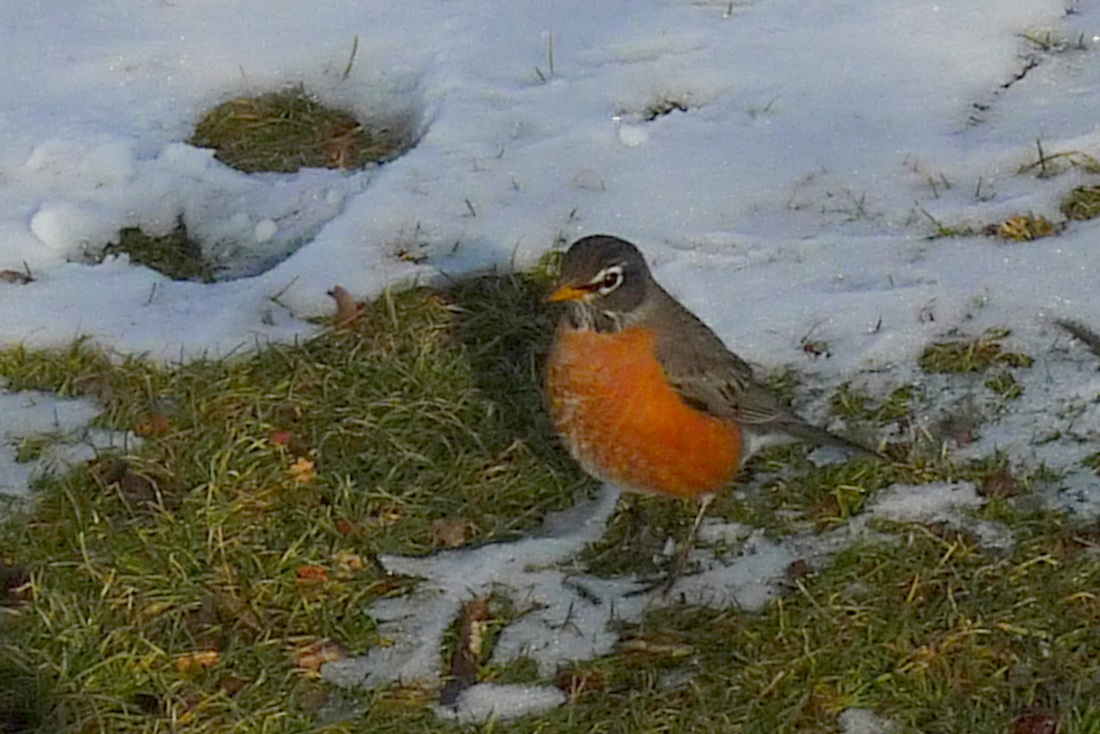
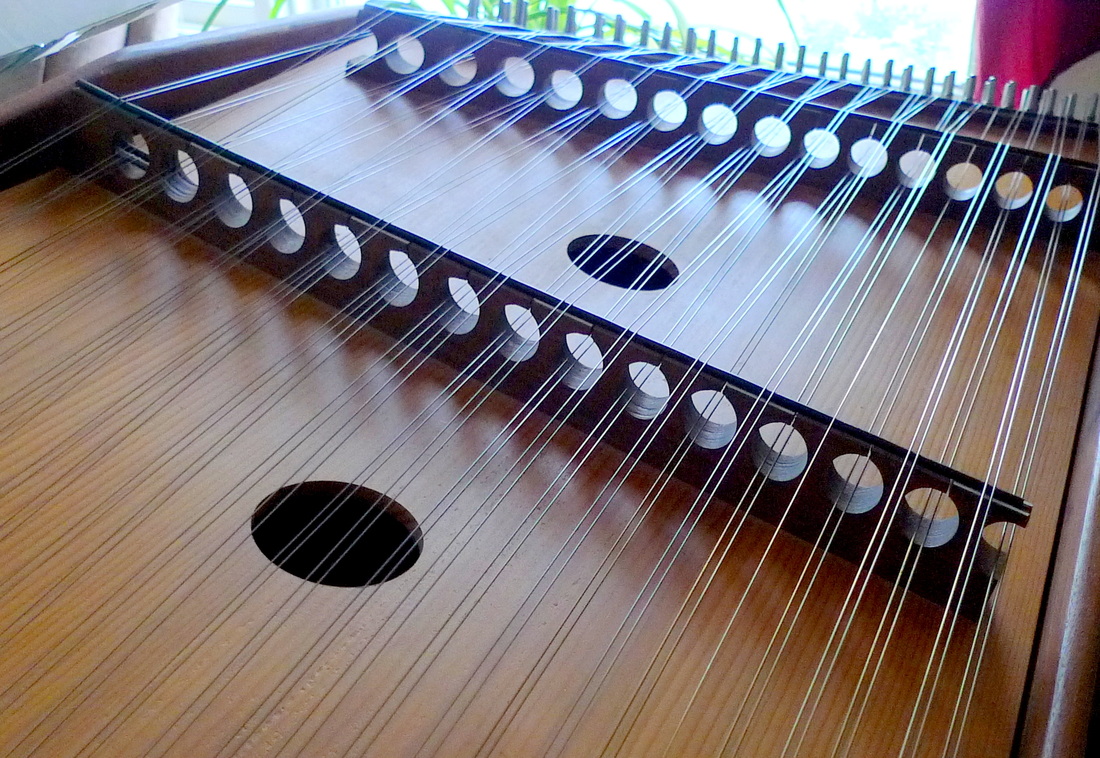
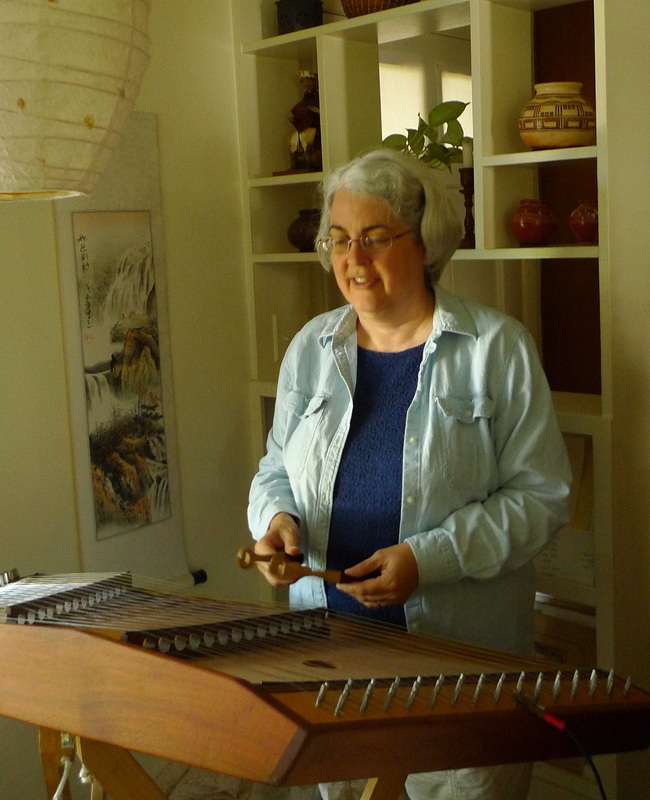
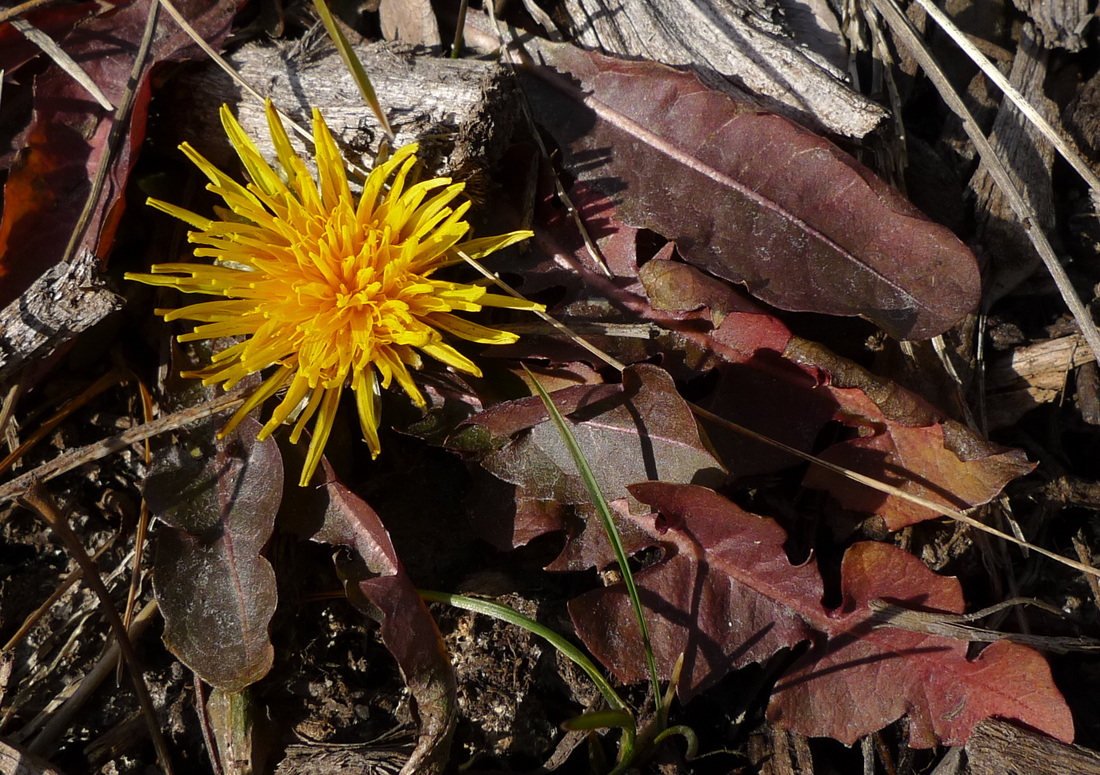
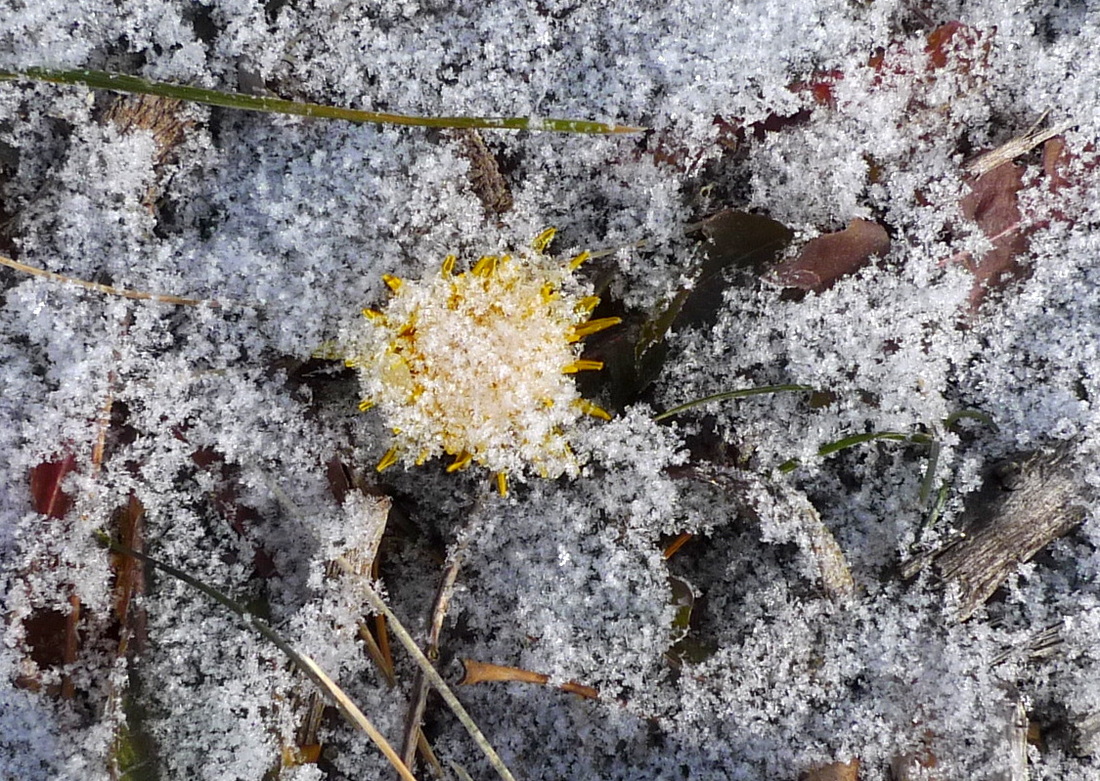
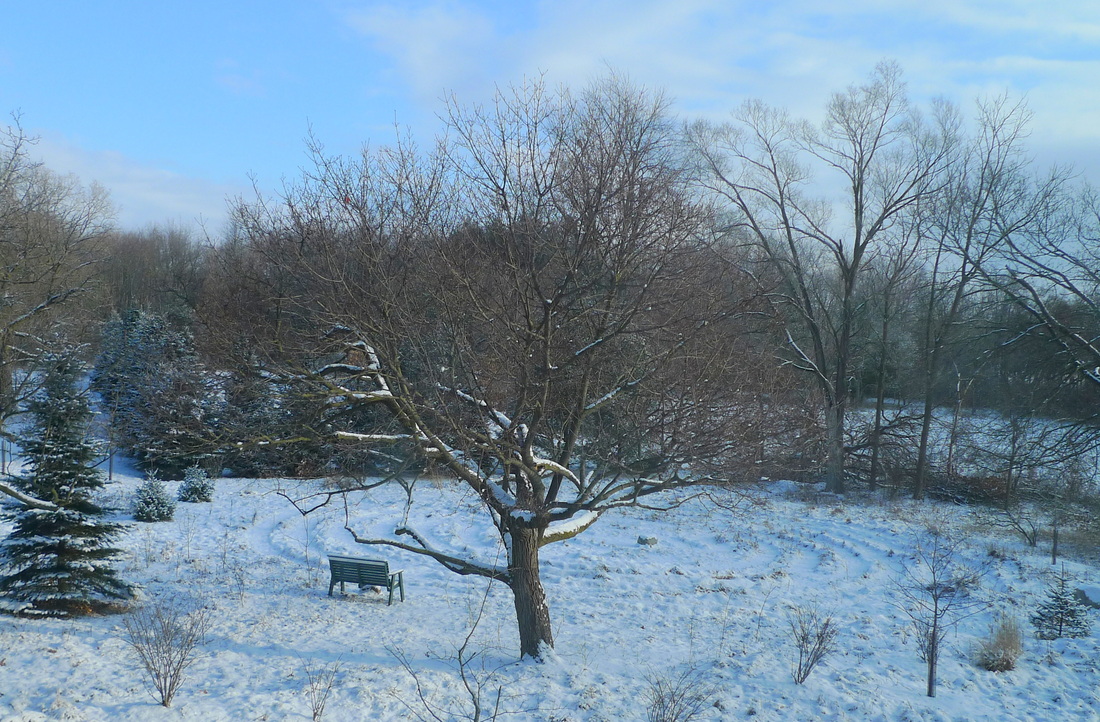
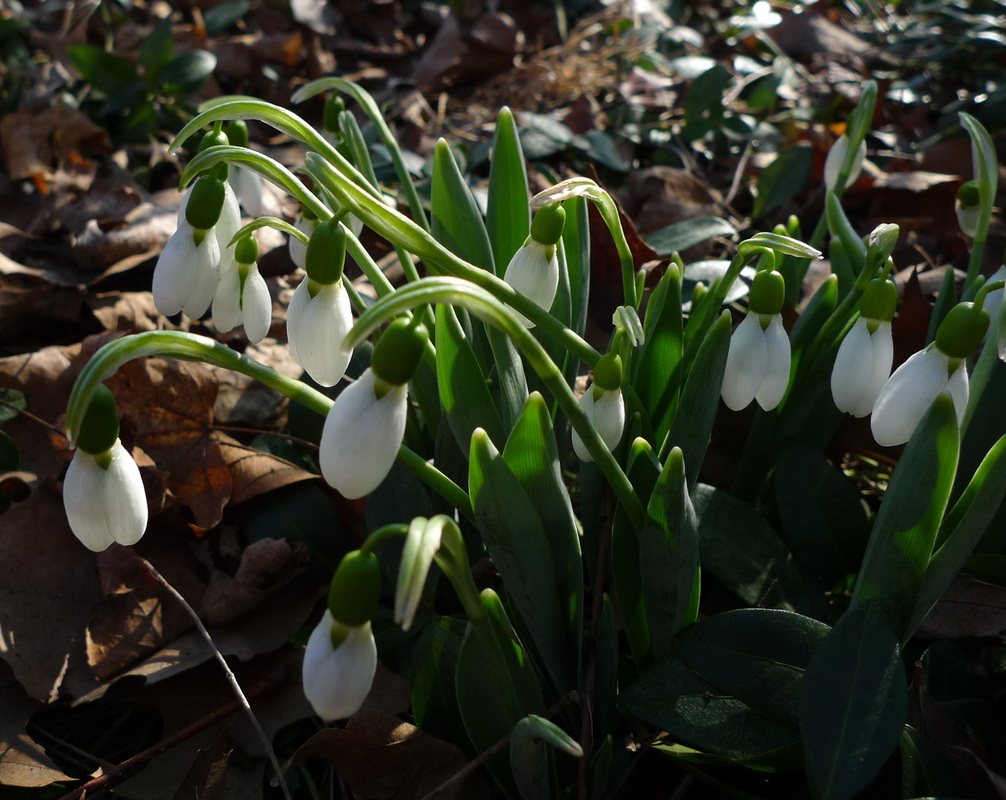
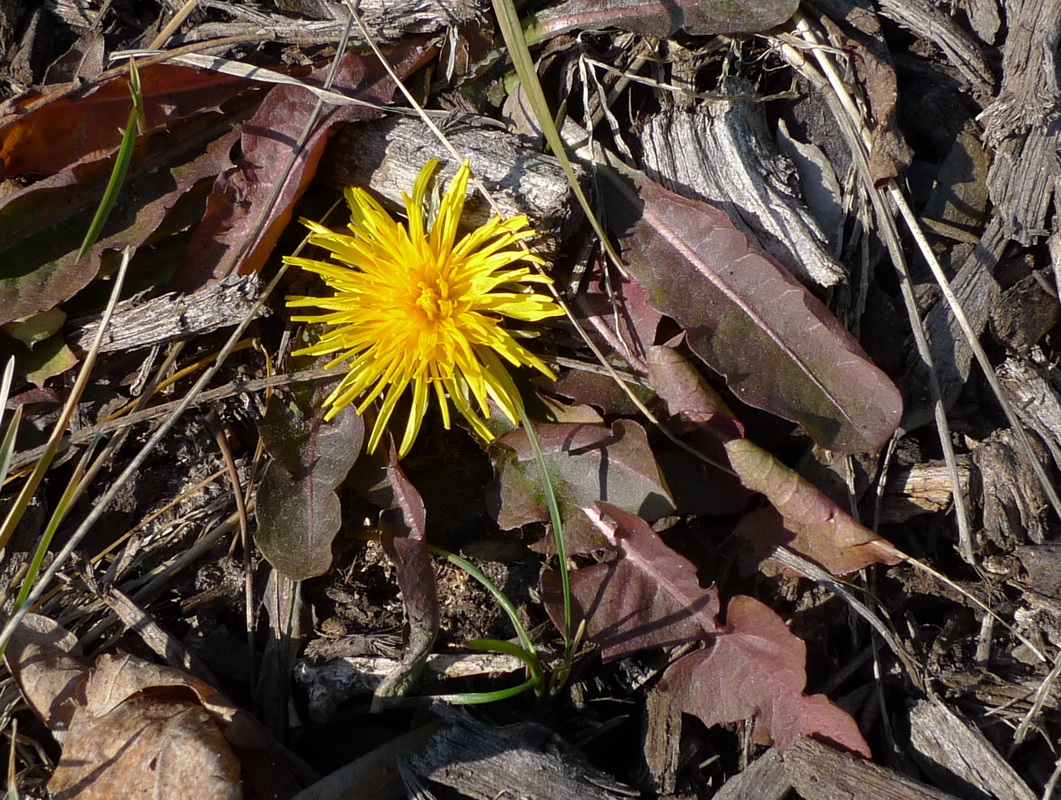
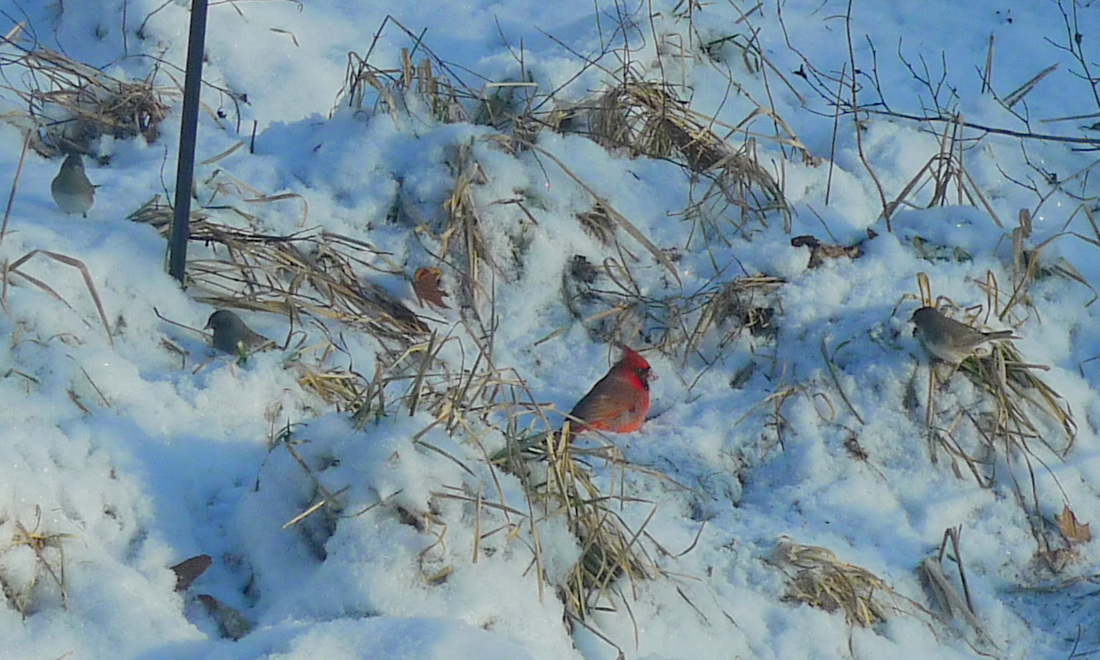
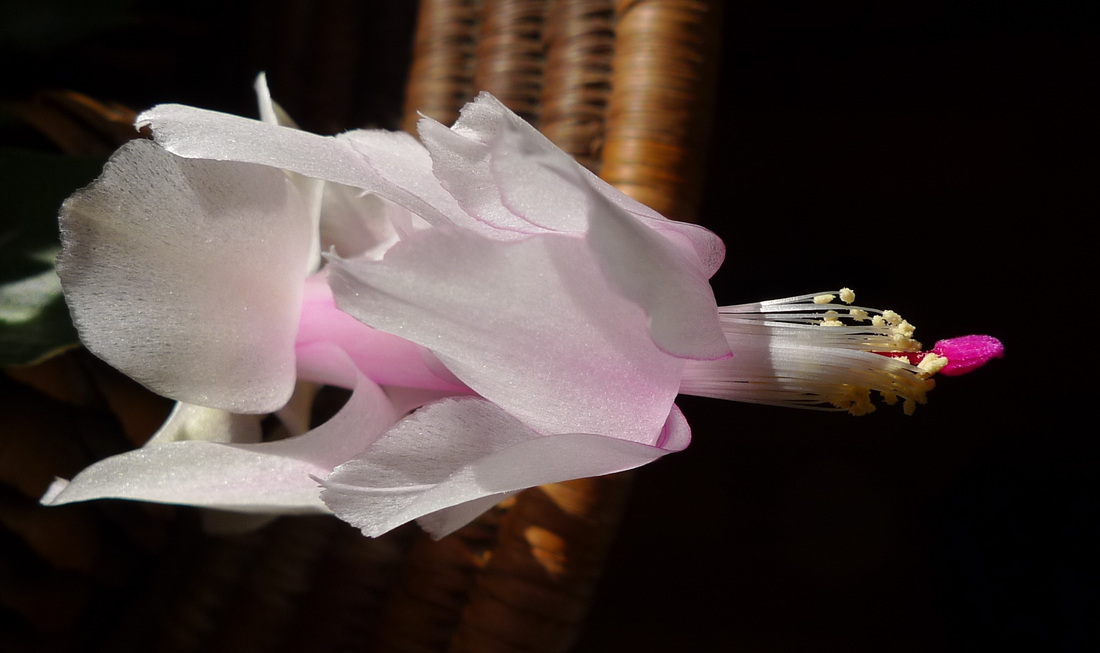
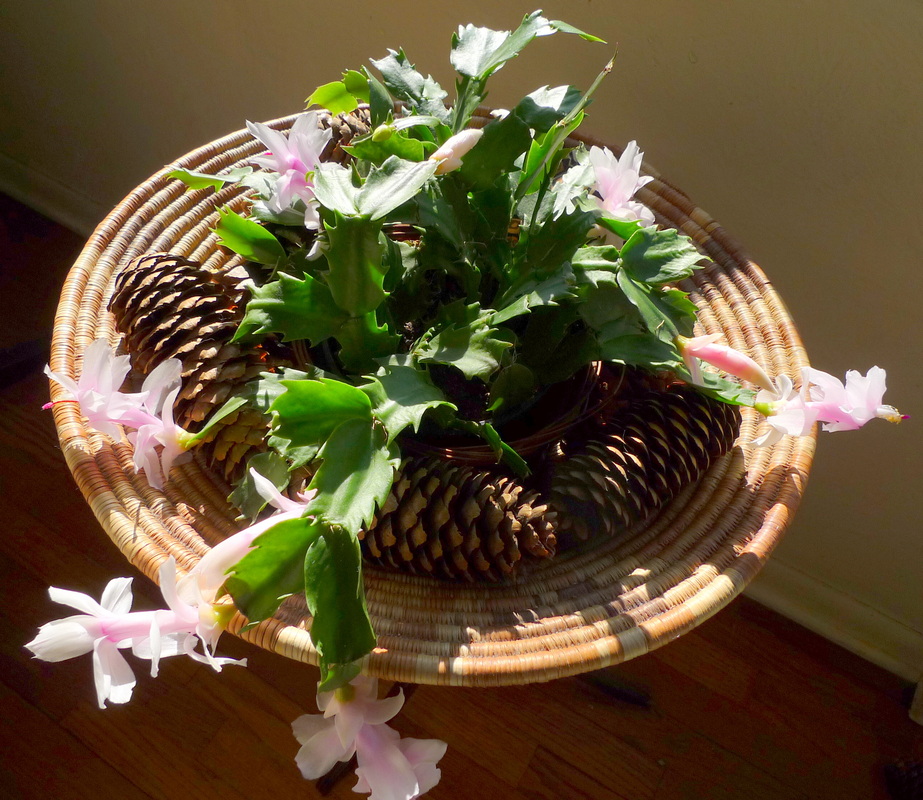

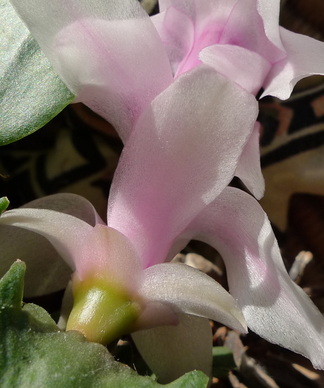
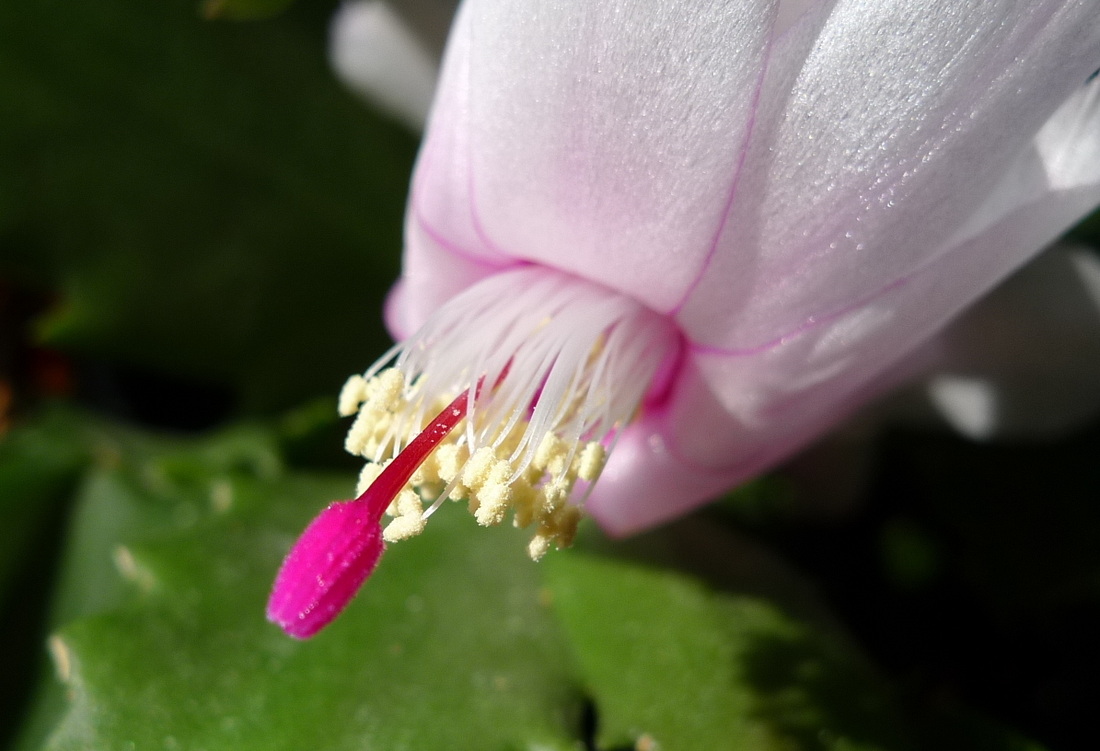

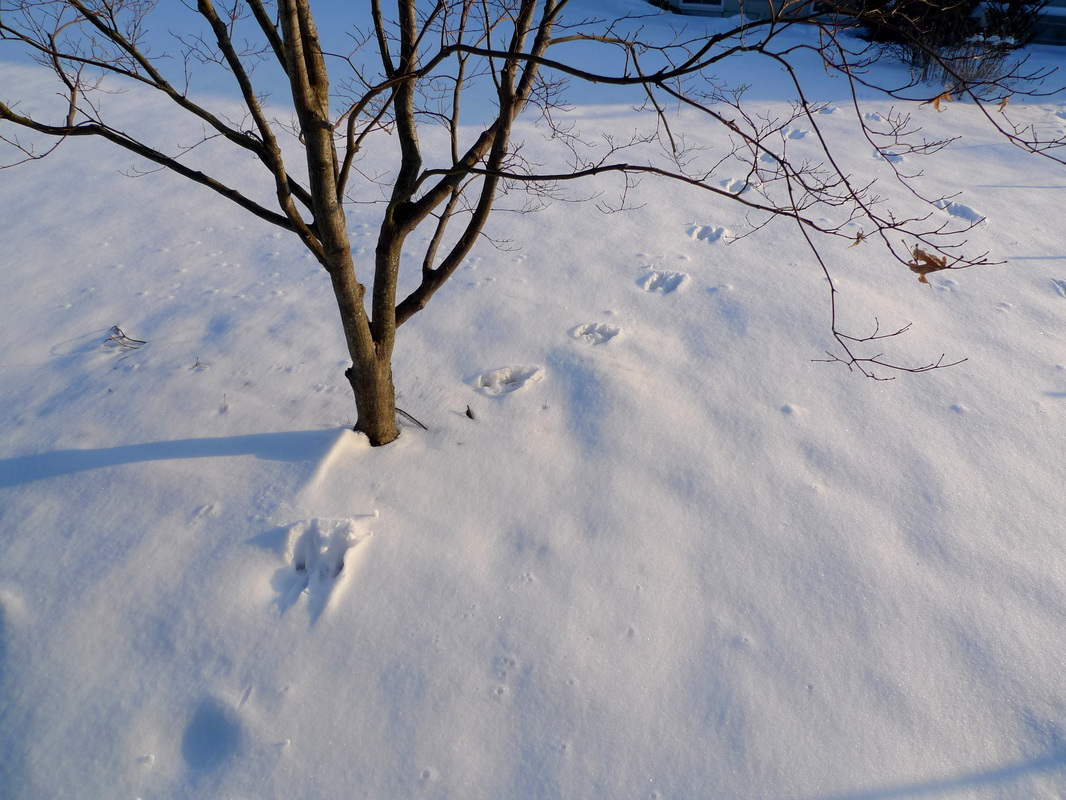
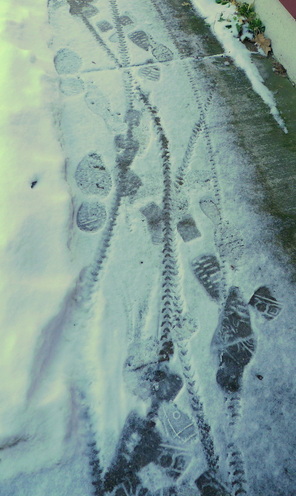
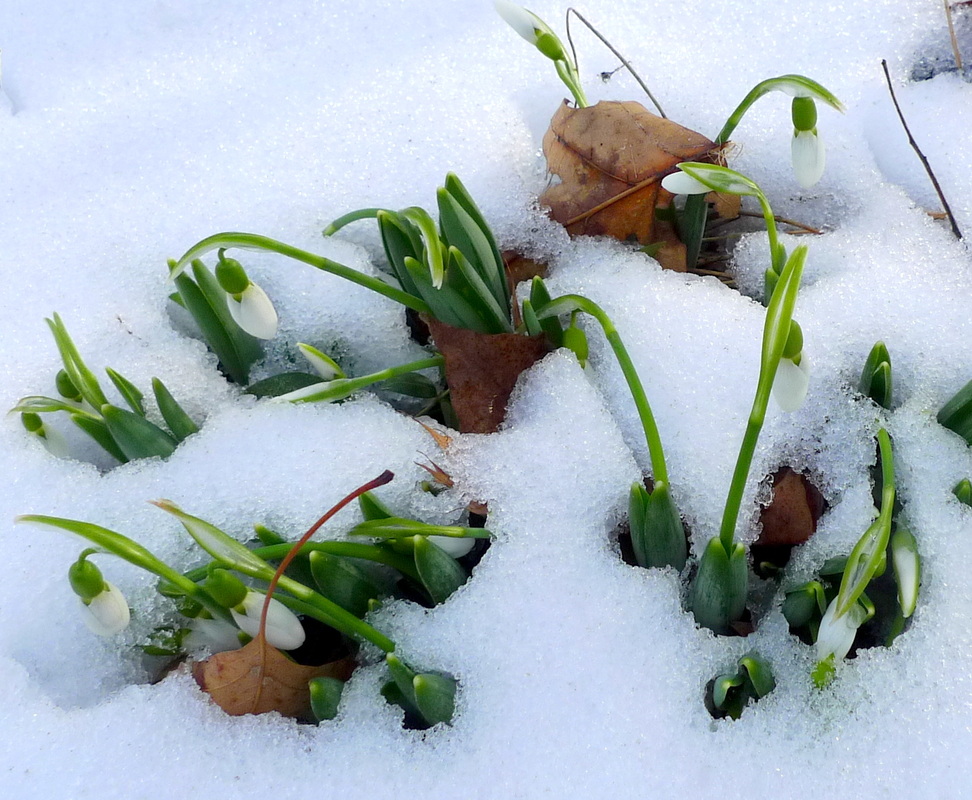
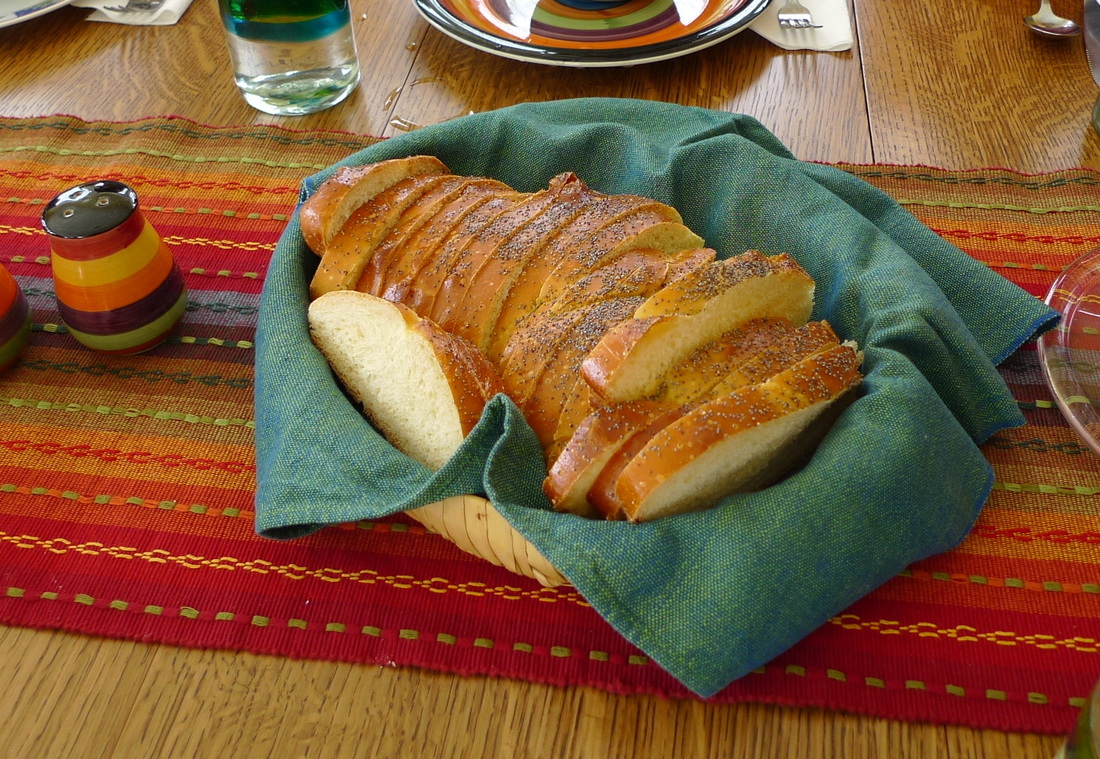
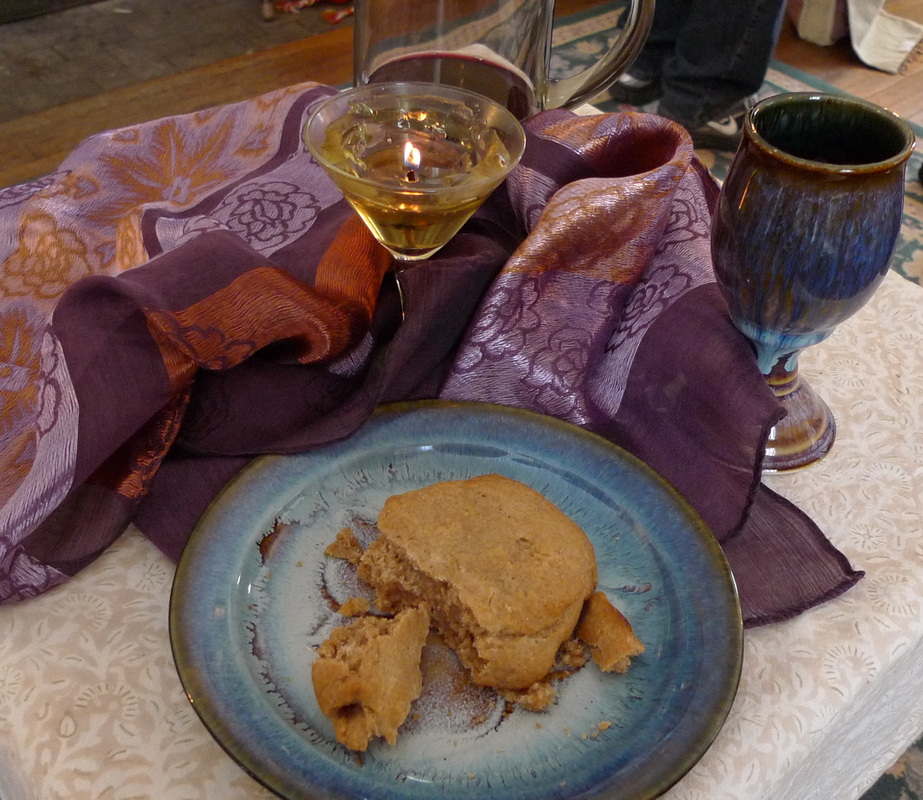

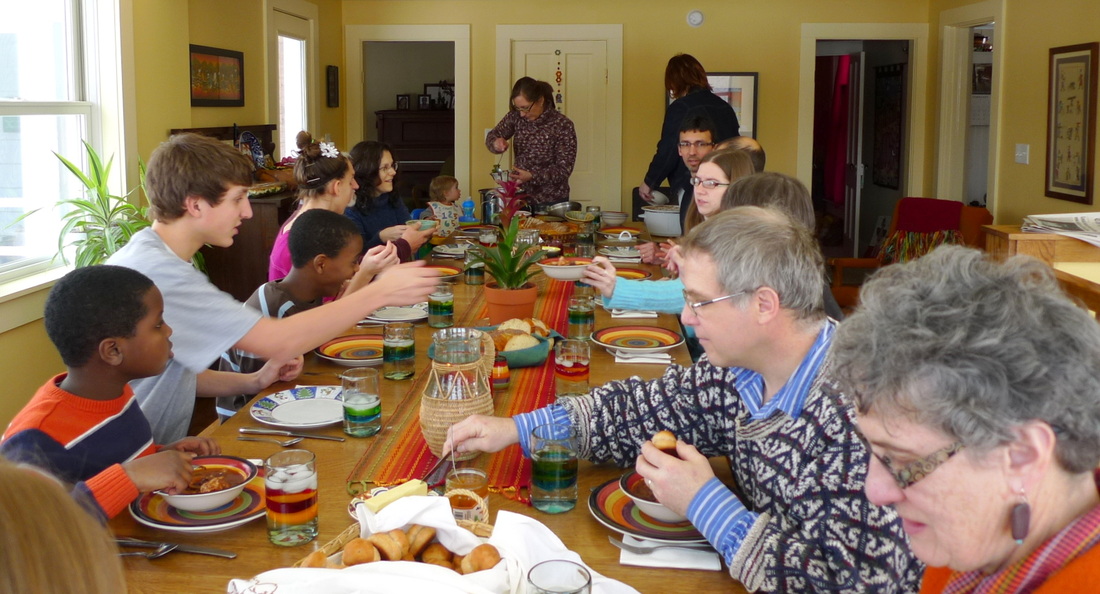
 RSS Feed
RSS Feed